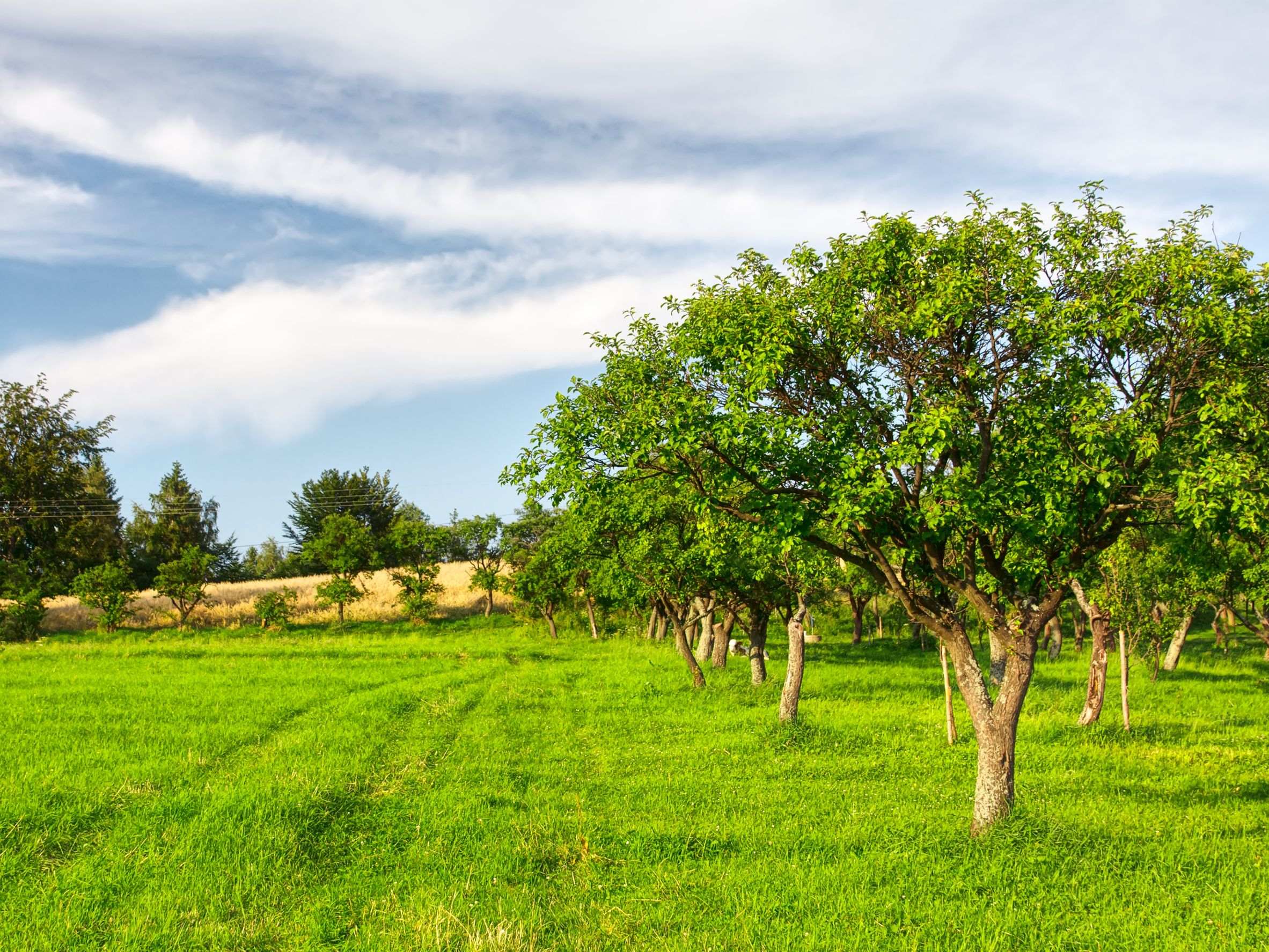Call Us Today
816-286-4401

Tree Trimming
Tree pruning, trimming, or cutting is an ongoing process throughout the life of your tree. Proper trimming will save you money and give you a safer more beautiful, healthier, and easier-to-maintain tree. Remember what you do to your tree in its first few years of life will affect its shape, strength, and even its life span.
When is the best time to trim your tree?
When to trim your tree largely depends on why you need to do it. It is common to do light trimming and removing dead wood. This can be done anytime. However, if your purpose for trimming is to enhance flowering, trees that bloom in middle to late summer should be trimmed in winter or early spring. For trees that flower in spring, you need to trim when their flowers are fading.
Trimming trees are common during the periods when its life cycle are temporarily stopped. This is why a lot of people trim their tree in the winter when it is in its dormancy. This practise is known to have very good results such as strong and healthy burst of new growth for the coming spring. If this is what you want to achieve, trimming in winter is ideal for you. Waiting until the coldest part of winter has passed is generally the best time to do your trimming. Maple, walnut, and birches are some examples of species wherein sap begins to flow when trimmed. This is not in any way damaging and will cease when the tree leafs out.
If what you want to achieve is to point the growth of your tree in a particular way, the best time to do it would be in the summer, soon after the seasonal growth is completed. The effect of this is slowing the growth and development of the tree or branch that you particularly do not want. This is caused by a decline in the total leaf surface which then leads to a reduction to the amount of food produced and sent to the roots. Summer is also the best time for you to have the clearest view of your tree. Those branches that are defective and hang down too far can be seen more easily. This is a good time to trim for restorative purposes so your trees will be trimmed according to exactly how you want it to look like.
It is essentially important not to trim your trees in the fall. Decay fungi spread profusely during this time. Moreover, healing of wounds from cuts heal slower during this season.
Now that you know when to trim your trees, next we will discuss salient keys to good trimming.
Guidelines on how to trim your trees the right way
1. Always start by giving your tree an ocular inspection from top to bottom.
2. Start from the top of the tree downwards.
3. Use the 1/3 and ¼ Rules of Trimming
4. Do not remove more than ¼ of a tree’s crown in a season
5. Main side branches should ideally be 1/3 smaller than the diameter of the trunk
6. Don’t trim up from the bottom for more than 1/3 of the tree’s total height – this is for most broadleaf trees
7. Try to make side branches that form angles that are 1/3 off vertical that form “10 o’clock” or “2 o’clock” angles with the trunk
8. Trees should have a single trunk for most species. Choose the best leader and later branches before you start trimming and removing defective parts. This should be done before trimming for form.
9. Protecting trimming cuts is not very important. For aesthetics, it may be good to paint large trimming wounds but it does not prevent or reduce decay.
10. Keep your tools sharp. One-hand trimming shears with curved blades work best for young trees.
11. For higher branches, use a pole trimmer.
12. For major job on a big tree, hire a professional arborist.
13. For larger branches, cut outside the branch bark and ridge area (swollen area).
14. Do not leave a protruding stub. If the limb is too small to have formed a collar cut close.
15. When simply shortening a small branch, make the cut at a lateral bud or another lateral branch. Favor a bud that will produce a branch that will grow in desired direction (usually outward). The cut should be sharp and clean and made at a slight angle about ¼ inch beyond the bud.
Tree Pruning
Do you have any trees that are looking unwell? Are you concerned that the trees may be fighting some disease or an insect infestation, and if the problem is not solved quickly, it may be too late to save your trees?
You need a qualified tree health professional from Company name.
What is Tree Health Care?
It is a proactive and economical approach to managing the long-term health of your trees.
Diagnosing tree problems requires a combination of knowledge, experience, and keen observation. Simply identifying the insect or disease that may be visible on the affected tree is not enough.
Trees that decline or die are usually suffering from combination of stress factors. Often there are one or more less obvious underlying disorders inducing stress upon the tree. The underlying disorder compromises the tree's health, reducing its defences, which makes it a suitable host for insects and disease.
Tree stress is often caused by such things as poor water management, compacted soil, pollution damage, chemical or mechanical injury, and competition with other trees for sunlight and available soil nutrients.
We can provide detailed tree maintenance programs, prepare detailed arborist reports for tree health and risk assessments, and provide written guidelines for the protection and preservation of trees in all types of construction settings.
Our tree care professionals can assist with new tree planting, and proper species selection based on growth characteristics, soil type, pH and drainage, light levels, temperature extremes, and the intended function in the landscape.
We offer a variety of services to keep your trees healthy and beautiful, as well as protect the investment you’ve made in your landscaping.
The first step in caring for your trees and shrubs begins with a consultation in which we:
- Survey your property and develop a management plan for existing trees and shrubs
- Diagnose disease, insect problems, or other plant health care issues
- Assess individual tree(s) for the purpose of evaluating hazardous trees
- Develop and implement a plan in order to preserve trees on sites before and after construction occurs
- Evaluate individual trees and shrubs, or entire properties, for any legal, tax, or insurance purpose
Our Featured Services include:
- Insect and Disease Control
- Deep Root Fertilisation
- Soil Remediation & Root Management
Our staff can help you with tree problems such as disease or insect infestation. We can also take preventative measures to avoid damage by insects. Let us help you keep your trees healthy. Give us a call at 866-219-8761.
FREE CONSULTATION
Call Us Now!

contact us
All Types of Tree Services by Professionals - Call Us Now

